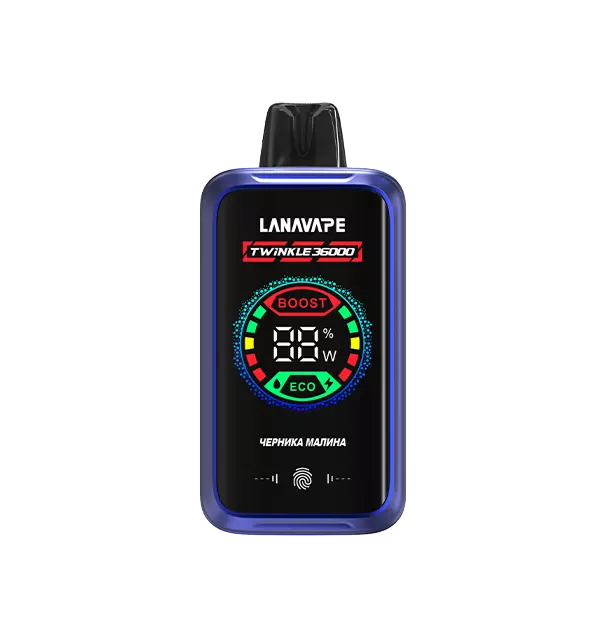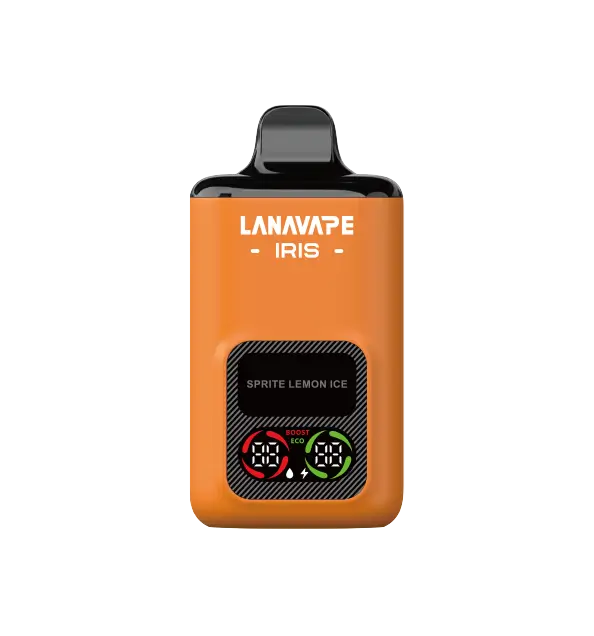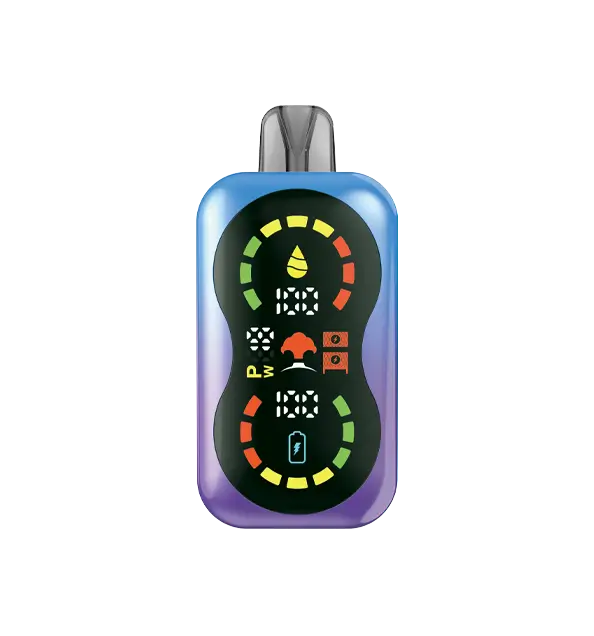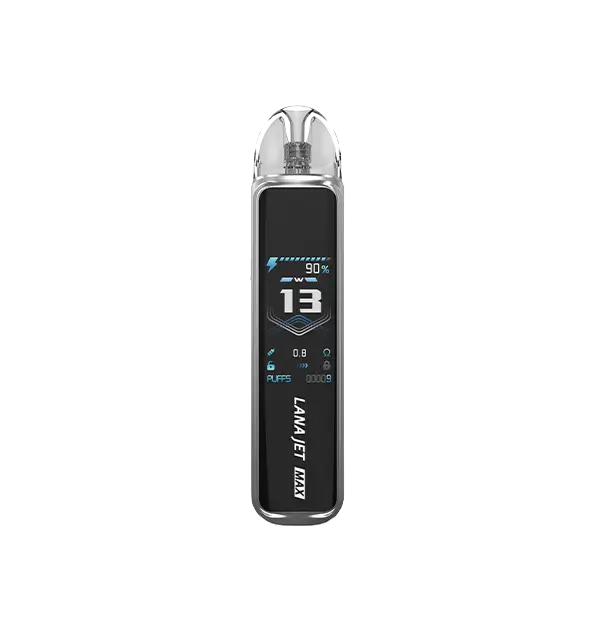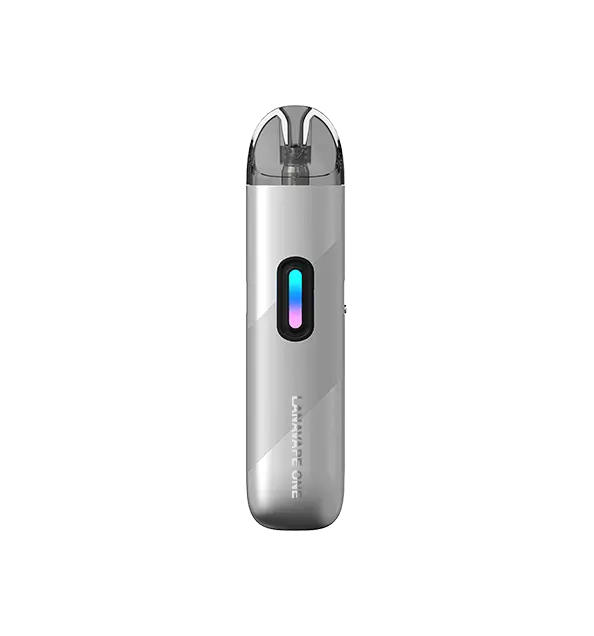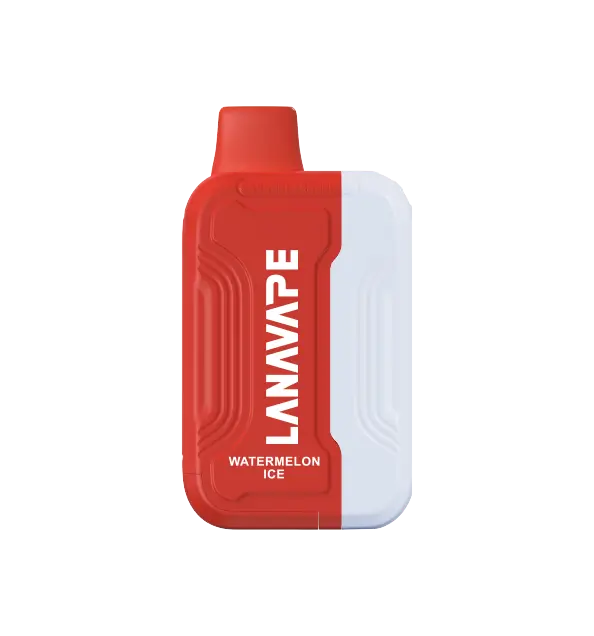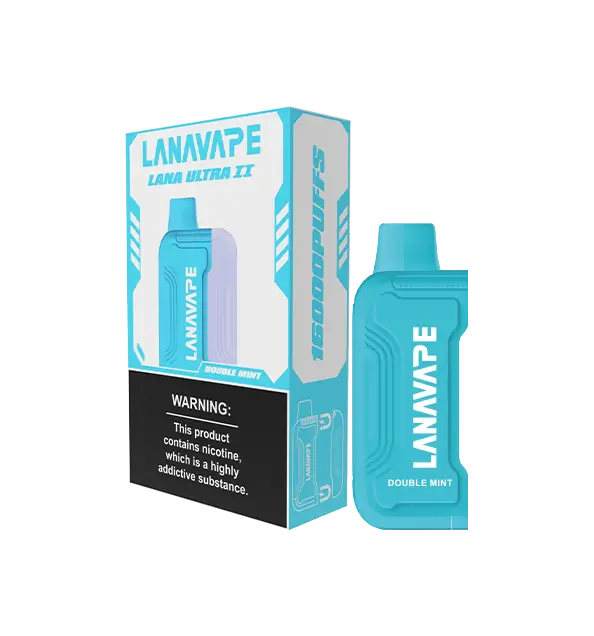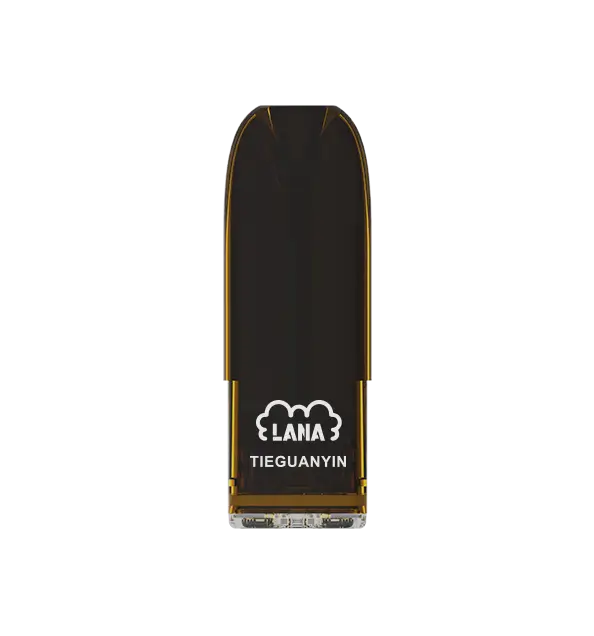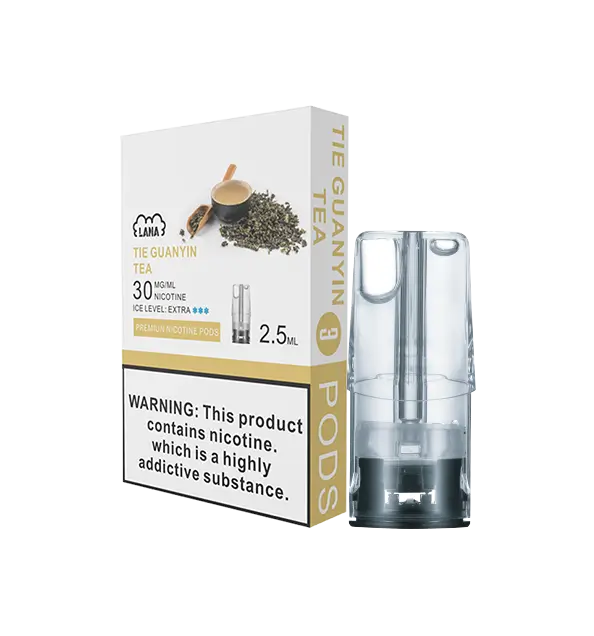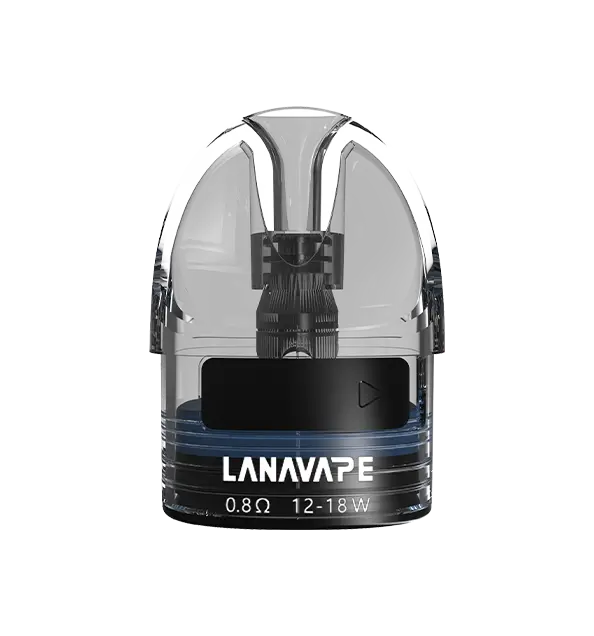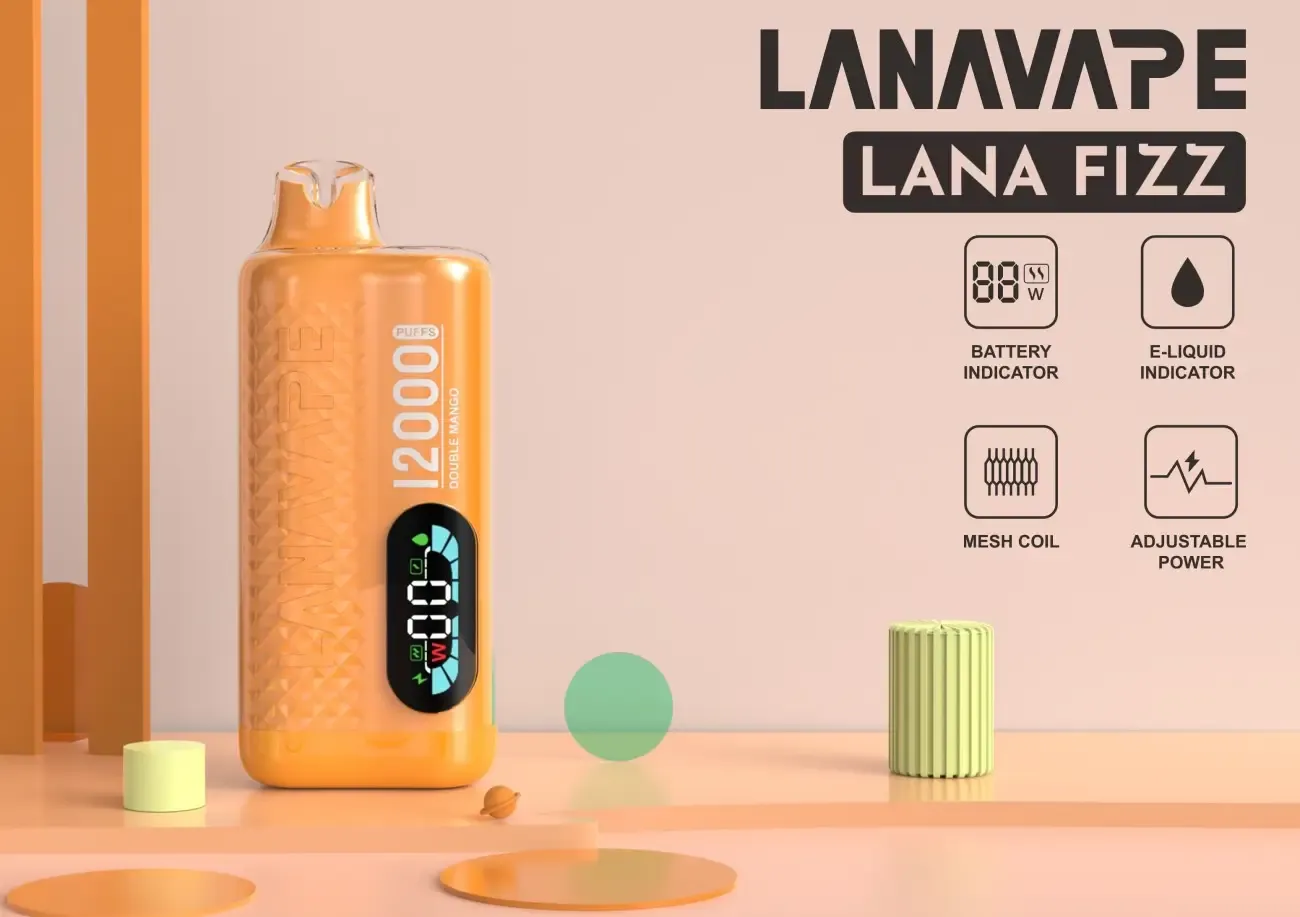
Introduction
Vaping has surged in popularity, with an estimated 250,000 Kiwis using e-cigarettes in 2022, and one in five teens vaping daily. But what's inside the vaping liquid that's driving health concerns worldwide?
What's Inside Vaping Liquids?
Vaping liquids typically consist of flavourings, nicotine, and various additives. In some regions outside Malaysia, substances like THC and CBD—active compounds from marijuana—are also mixed into e-liquids. These ingredients can alter not only the user's experience but also the health risks involved.
Johns Hopkins University (JHU) researchers also found caffeine in the vape juice concoction they tested, which they suspect could be giving an undisclosed “extra kick” and wondered if the added addictive stimulant was an intentional ingredient.
Other compounds found by the JHU team were flavourings associated with respiratory problems, pesticides and industrial chemicals.
Are Inhaled Vape Ingredients Safe?
Although some of the ingredients used in vaping liquid may be safe, such as Vitamin E and caffeine (in the correct doses), scientists know much less about the safety of a vaporized and inhaled form of these compounds.
Not to mention, the heating, freezing, inhalation processes, interaction in the body and exhaling processes that may result in secondary chemical interactions between the thousands of chemical concoctions, resulting in more unknown compounds.
While scientists investigate the impacts of these chemicals, we do know that there are thousands of cases of hospitalisations due to severe respiratory issues linked to e-cigarettes and vapes, with a considerable number being lethal cases.
These are known as e-cigarette or vaping product use-associated lung injury (EVALI).
Given the developing field, findings and acronyms may change.
How Vape Particles Penetrate Your Lungs
The human respiratory system has a great defence mechanism to guard itself against foreign bodies, but particles of less than three to five microns in diameter can penetrate deep into the lungs.
Associate director at the Johns Hopkins Cardiothoracic Residency Programme, Dr Broderick, opined that “some of the first elements of the oil are getting deep down into the lungs and causing an inflammatory response”.
Particle Size Studies
A study by researchers from Jean Monnet University in France and Ingescience indicates that the aerosol particle size (in their study) can range between 1.1 to 2.4 microns, depending on the power (wattage) and atomiser technology used.
Particle size for cigarettes can be many times smaller and could mean a deeper penetration into the lungs and therefore increased effectiveness in nicotine (and other chemicals) uptake, but smaller particles could also mean lesser deposition in the lungs compared with vape liquids.
A research paper by Ranpara et al. In 2021, it was mentioned that aerosol sizes of less than one micron are highly likely to be inhaled and then exhaled.
In turn, this could mean a higher deposition risk compared with cigarette smoke.
Research on Base Oils and Deposition Risk
The researchers also investigated the varying particle size distribution of different types of base oils (Vitamin E acetate [VEA], Vitamin E oil, coconut oil, and medium chain triglycerides) and simulated respiratory depositions.
Vitamin E acetate and Vitamin E oil have the largest particle size and were found to be statistically different from the rest.
Vitamin E acetate has been identified as one of the major causal links to EVALI, and findings by Ranpara et al. add further credence to this.
The researchers concluded that:
“These observed particle deposition patterns were consistent with previous inhalation toxicological studies and with the characterisation of bronchoalveolar lavage fluid of EVALI cases, which support the pulmonary region of the lung as the site of injury.”
Additional Deposition Mechanisms
Researchers from the Bhabha Atomic Research Centre in Mumbai found that exhaled cigarette smoke shows growth in particle size.
Conor McGrath et al. postulated deposition mechanisms through coagulation, hygroscopic growth, condensation and evaporation, and other factors.
A research paper by Sosnowski and Kramek-Romanowska (2016) found that their tested e-cigarettes had higher aerodynamic resistance (roughly three times more) than cigarette smoke.
Therefore, it would appear that for both cigarette and vaping, exhalation has a higher chance of deposition in the lungs.
Still, vape could be worse due to the combination of higher aerodynamic resistance and larger particle size of vape particles, potentially conferring higher deposition risk in the lungs.
How Vaping Style Increases Health Risks
The difference in chemical properties between vape liquid and cigarette smoke may also contribute to the difference in deposition mechanisms and characteristics.
Additionally, styles of vaping which tend to prefer larger exhaled “cloud” formation and increased lung residence time could be a magnifying factor to deposition.
Is Vaping More Dangerous Than Smoking?
Therefore, EMIR Research hypothesises that vaping may carry a higher risk of acute lung complications in the near term compared to smoking, even if shorter-term risks such as nicotine uptake may be lower.
Indeed, there have been many reports that support this hypothesis.
How Vaping Affects Your Lungs and Immunity
E-cigarettes and vapes have been widely associated with pneumonia (acute respiratory viral or bacterial infection of the lungs) and a specific variation called lipoid pneumonia, where aerosolised lipid droplets are deposited in the lungs.
It has been found that the immune system can be compromised, with immune cells (such as macrophages) being lipid-laden, raising the chance of developing lipoid pneumonia.
Advanced cases may require oxygen support and ventilators, and can even be fatal.
Bacterial & Viral Infections
Researchers from the University of Florida College of Medicine proposed in a 2021 paper a potential relationship between frequent vaping and increased vulnerability to infection through:
Cytotoxic effect on lung epithelial and immune cells
Increased virulence through biofilm formation
Invasiveness and resistance to antimicrobial peptides
Leading to necrotising pneumonia and persistent bacteremia
Teen Vulnerability
Some cases point to the mounting linkage between EVALI and infections, such as mycoplasma pneumonia and necrotising pneumonia among teenagers.
Cases indicate only a short-term vaping duration (~2 years) before disease onset, with teenagers and young adults being the primary demographic affected.
These are examples pointing to the younger generation getting seriously sick faster.
Vaping and Fertility: What You Need to Know
To top it off, just like cigarettes, e-cigarettes and vapes have also been associated with lower fertility function.
ONE Fertility Kitchener Waterloo – a fertility and IVF clinic – pointed to:
Reduced sperm quality, count and motility in males
Delayed egg production, fertilisation, and embryo implantation issues in females
Adverse effects on fetal development
Stunted growth in infants and children
This is not surprising as both vapes and cigarettes share common ingredients such as nicotine and other compounds associated with reduced sperm health.
There are also reports that the flavouring concoction in vape juice affects testicular cells and reduces sperm motility.
And these are just some of the known chemicals.
Hidden Chemicals in Vape Juice: The Real Threat
What about the mostly unidentified 2,000 chemicals found in e-cigarette and vaping liquid, as reported in a 2021 study by JHU researchers?
Summary
Specific recommendations have been discussed in another article by EMIR Research titled “Treat Vape Like Cigarettes”, but it is clear that shifting from smoking to vaping is far from a healthy choice.
Though longer-term impacts are less known, the vaping liquid contains nicotine and other common toxins found in cigarettes.
Mounting evidence linking acute respiratory diseases with vaping, many other health issues such as infertility, and various unknowns, coupled with insufficient long-term data and questionable independence of studies, put into question the notion of a “safer” option.
With increasing non-communicable diseases, an ageing population, and brain drain, poor regulations and enforcement surrounding vapes and e-cigarettes in Malaysia could be paving the way for a youth-driven health epidemic, reducing reproductive potential, and ultimately jeopardising the health of Malaysia's future.

